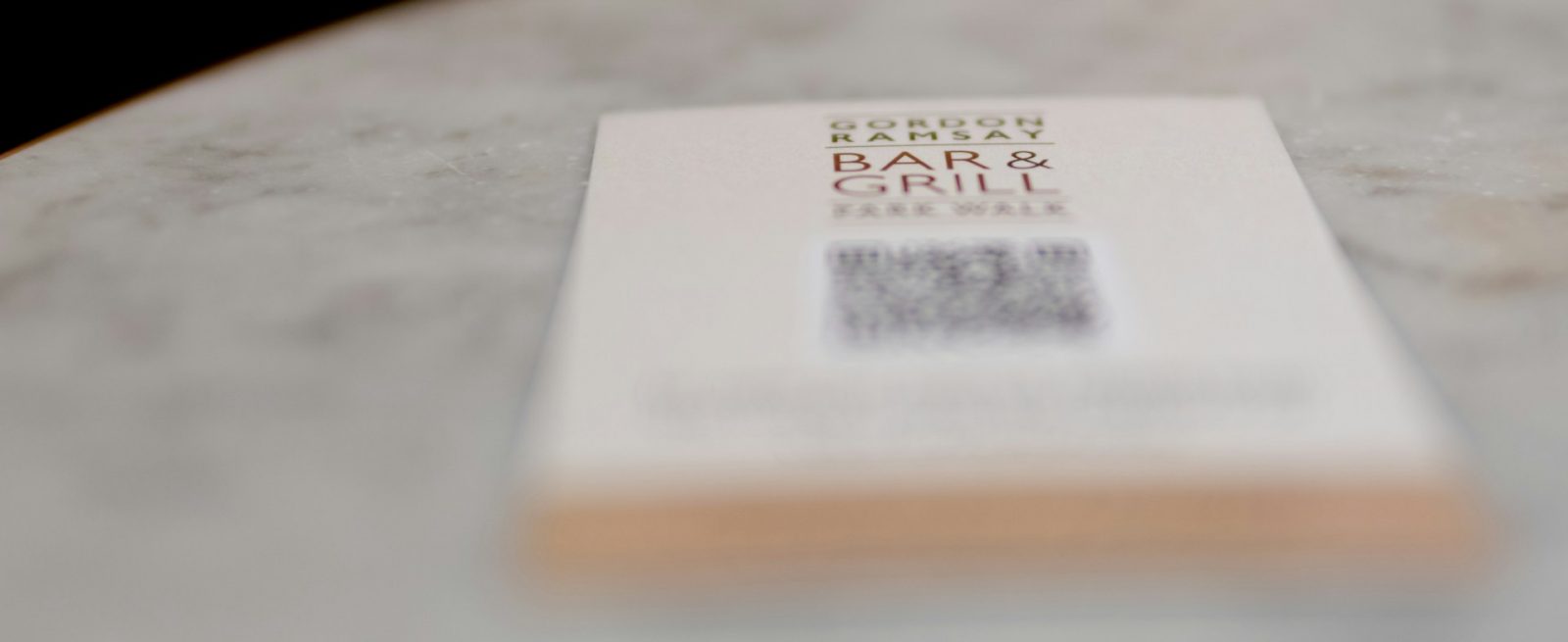New 2D Barcodes Offer Easy Access to Dynamic Information for Food Traceability and More
4 Min Read By Liz Sertl
Restaurants started using 2D barcodes (such as QR codes) at dining tables to offer digital menus and even allow patrons to order with their smartphones during the pandemic, when contactless transactions were necessary. Since then, the practice has become ubiquitous. While a QR code can connect users to a host of static information, a more powerful 2D barcode is on the horizon to offer a wider suite of capabilities with virtually unlimited data storage capacity for instantaneous retrieval with the scan of a smartphone.
Food manufacturers and retailers are embracing a whole new world of opportunities for consumer engagement that are enabled by this newer technology. While brands are increasingly labeling their products with 2D barcodes, retailers have also recognized the value and committed to accept 2D barcodes at point of sale by 2027 in a GS1 US initiative called “Sunrise 2027.” This evolution will harness the power of the internet when the 2D barcode is paired with the GS1 Digital Link Standard, which makes GS1 identifiers (such as the Global Trade Item Number, or GTIN) accessible within the linked URL. In this manner, the 2D barcode can provide immediate access to much more robust product information like ingredients, allergens and supply chain records, as well as social media assets, recipes or promotions, offering new opportunities for brands to enrich relationships with their customers and reinforce brand identity, even establish a virtual fan base.
In foodservice establishments, the same technology opens doors to greater food safety and ingredient transparency. Restauranteurs can quickly scan the barcodes to find batch lot and expiration dates, even recall information, within the data built into the 2D barcode. The scan saves time, prevents oversights and errors, and makes it easy to ensure the food is safe to eat. It can also provide full sourcing and ingredient listings that are needed for menu creation to serve customers with special requirements.
Across the supply chain, other stakeholders are also using 2D barcodes to automatically record and share vital information related to product information and movement across trading partner networks. This tremendously enhances food traceability by capturing all the details about a product’s journey – where it has been, where it’s going, how long it has been in its current location, and other relevant facts that can be highly valuable, even vital. The 2D barcode can also contain data such as country of origin, fair trade, farm-to-fork sourcing details, ingredients, allergens, batch and lot numbers, and just about any information that is deemed useful, all made readily accessible with a quick scan.
Traceability for Improved Food Safety
The most obvious benefit to collecting all this data is establishing a reliable record of a food product’s chain of custody, which enables stakeholders to trace back to all points of potential exposure or contamination – assisting in fast, accurate removal of affected foods in the event of a foodborne illness outbreak. You need to quickly and accurately ascertain whether any of the foods in your inventory or ordering system are impacted, so you don’t jeopardize the health of your customers, or your business’ reputation. Fast, accurate, trustworthy product identification enables targeted recalls and helps avoid unnecessary removal of unaffected products, reducing food waste.
That’s the point of the US Food and Drug Administration’s (US FDA’s) Food Safety Modernization Act (FSMA) Traceability Rule, also known as FSMA Rule 204, which requires additional recordkeeping for certain “high-risk” foods on FDA’s Food Traceability List (FTL) including leafy greens, seafood, cheeses, and many other food categories that are staples in the restaurant business. Traceability is heightened. The 2D barcode can be used to contain the required additional data for FSMA Rule 204 traceability, as well as marketing and consumer-facing information to enrich the brand experience.
As a result, restaurants can easily access key information – again, with a quick smartphone scan – to identify expiration dates, ingredients, allergens, batch/lot numbers for recalls, and more. These are some of the most important details you need to ensure the food you’re serving is safe for your customers to eat!
What’s My Role?
FSMA Rule 204 recordkeeping responsibilities are spread across the supply chain and are specific to each stakeholder’s role – for example, manufacturers and grower/shippers, processors, packers, distributors and wholesalers, retailers and foodservice establishments each have their own key parts to play. Wherever it happens, specified data must be recorded for activities including harvesting, cooling, packing, shipping, receiving, and transformation of the food.
Since restaurant and foodservice operators are at the end of the supply chain, they are only responsible for recording and maintaining the data associated with receiving the FTL foods. This includes traceability lot codes, quantity and unit of measure, product description, and – only if you ship the food to another outlet, e.g., direct to consumer or to retailers – the location description for that immediate subsequent recipient. Some exemptions apply to certain businesses of a certain size, as well.
Feeding Customers What They Want
Some of the more successful restaurants today are offering their customers a clear window into their sourcing strategies. They’re catering to consumer interest in organic, locally sourced ingredients, grass-fed or cage-free options, for example, and so much more.
Society has shifted into an era where people want to know more about all the products they buy and use – especially the food they eat. Restaurants that deliver on this consumer expectation and serve up this information can polish their reputations and gain loyal customers by meeting the needs of today’s more health- and environmentally- conscious public.
Scanning a 2D barcode that has these details embedded gives chefs and servers quick and easy access to these details. By confirming the food’s attributes, you can confidently design a menu for discerning customers and promote the qualities they are looking for.
The Future Is Here
Modernizing electronic, shareable recordkeeping for traceability to create a safer food supply is just one of the ways in which 2D barcodes can be used to level up your operations. Explore the capabilities of these more robust data carriers and what they can do for you here..


